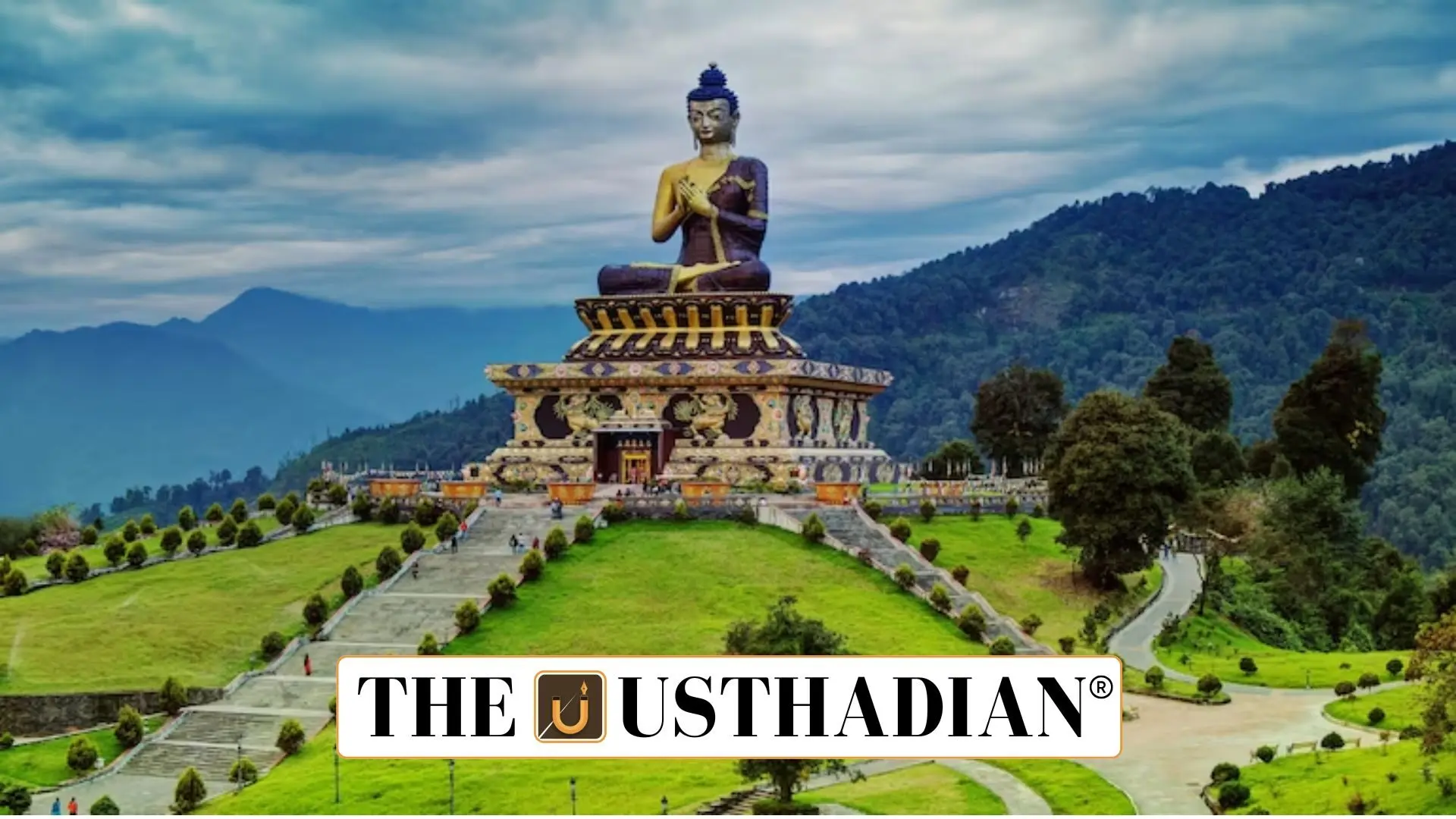From Himalayan Kingdom to Indian State
Sikkim’s Journey to Becoming India’s 22nd State: 50 Years of Integration: Sikkim, nestled in the Eastern Himalayas, was once a sovereign kingdom with its own monarch—the Chogyal of the Namgyal dynasty. The dynasty had ruled the region since 1642, marking over 300 years of independent governance. Even after India gained independence in 1947, Sikkim didn’t immediately join the Indian Union. Instead, it entered a special protectorate agreement with India in 1950, retaining its internal autonomy while ceding control of defence, communication, and external affairs to New Delhi.
A Referendum That Reshaped History
For 25 years after independence, Sikkim maintained a semi-autonomous status. However, political changes and public sentiment gradually shifted toward democratic integration. In April 1975, a historic referendum was conducted. The outcome was overwhelming: more than 97% of the population voted in favour of joining India. This democratic decision became the foundation for one of the most peaceful and legal integrations of a foreign territory into the Indian Union.
The 36th Constitutional Amendment
Following the referendum, the Indian Parliament moved swiftly. The 36th Constitutional Amendment Bill was passed in the Lok Sabha on April 23, 1975. This amendment inserted Article 371F into the Constitution, which gave special protections to Sikkim, particularly safeguarding its pre-merger laws, land rights, and community representation. The Bill received the President’s assent soon after, and on May 16, 1975, Sikkim officially became the 22nd state of India.
Significance of Article 371F
Article 371F is unique in ensuring that the distinct identity and autonomy of Sikkim’s people are preserved. It guarantees that the Sikkim Legislative Assembly can determine who qualifies as a “Sikkimese,” especially for matters like land ownership and job reservations. This provision protects the local Bhutia, Lepcha, and Nepali populations, ensuring that Sikkim’s integration did not dilute its cultural heritage.
50 Years On: Celebrating Peaceful Union
As Sikkim celebrates its 50th year of statehood in 2025, it stands as a model of peaceful integration. Unlike other parts of the country where state mergers were often tumultuous, Sikkim’s transition was marked by public consensus, parliamentary process, and constitutional safeguards. Today, Sikkim is known not just for its beauty and biodiversity, but also for its progressive stance in education, organic farming, and ecological preservation.
STATIC GK SNAPSHOT
| Aspect | Details |
| Former Status | Sovereign Kingdom (Namgyal Dynasty) |
| Became Indian Protectorate | 1950 |
| Referendum Held | April 1975 |
| Referendum Outcome | 97.5% in favour of joining India |
| Constitutional Amendment | 36th Amendment, 1975 |
| Article Inserted | Article 371F |
| Official Date of Statehood | May 16, 1975 |
| Became Which State of India? | 22nd State |
| Capital | Gangtok |
| First Governor of Sikkim | B. B. Lal |
| Borders | Nepal, Bhutan, Tibet (China), and West Bengal |








